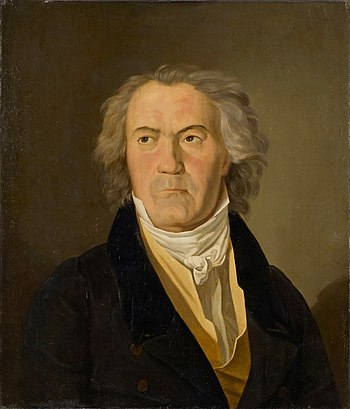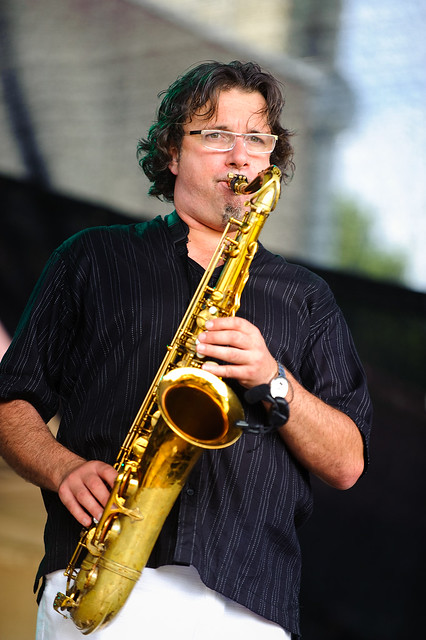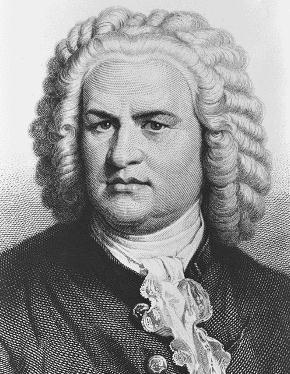 |
| Johann van Beethoven (Father of Ludwig) (Photo credit: Wikipedia) |
Beethoven was among the most famous classical and romantic music composers. He was born in December 1770, in a place known as Bonn, the capital of Electorate of Cologne and a part of Roman Empire. Ludwig was born in a family deeply involved in classical music. His first music teacher was his father Johan Van Beethoven.
was among the most famous classical and romantic music composers. He was born in December 1770, in a place known as Bonn, the capital of Electorate of Cologne and a part of Roman Empire. Ludwig was born in a family deeply involved in classical music. His first music teacher was his father Johan Van Beethoven.
By the age of 14, he started to work as an assistant organist in a court. While he was working for Christian Gottlob Neefe who was a member of Order of the Illuminati, Beethoven got influenced by the ideas of Freemasonry. A secret society criticized for working for devils and worshipping occults.
In 1787 Ludwig's mother got sick and then died, following which his father went deep into alcoholism. Having no one to care for his younger siblings he had to stay in Bonn for next five years. In 1792, Beethoven left Bonn for Vienna where he learned playing music from Joseph Haydn and Leopold Mozart.
In Vienna, Beethoven had to strive hard to conceive notable reputation in the musical industry. For the premiere of his first symphony, he hired the Burgtheater and presented his Septet, the First Symphony and Piano Concertos, along with some works of Haydn and Mozart. Soon after these achievements, Beethoven started to gain fame and eminence.
In 1799, when Beethoven was teaching music lessons to Hungarian Countess's daughters, he started an affair with the youngest daughter, Josephine. But as soon as the Countess Anna Brunswick discerned this, she married her daughter Josephine with Josef Deym. The love between them didn't diminish and was accentuated again after the sudden death of Deym.
 |
| Picture representing Ludwig van Beethoven in 1823 (Photo credit: Wikipedia) |
Beethoven's hearing ability started to deteriorate by the age of 26, it is said that he suffered from a severe form of tinnitus, typhus or some sort of auto immune disorder. He was used to writing letters to his friends and doctors, in which he wrote about the pain and agony he was facing but nothing would help. His ability to hear gradually decreased until 1814 when he completely became deaf.
Although Beethoven had lost his hearing ability, he didn't quit playing music. One of the famous incidents is when he blatantly started to cry before the audience due to his inability to hear the applause after his ninth symphony. He continued to have public concerts until the 24th of May 1824 when the concert was attended by few and nothing went well.
Josephine had already married another commoner and Beethoven was left alone. After a long sickness and bed rest of two months, he died in March 1827. The autopsy revealed that he died of liver damage and auditory dilation due to excessive intake of alcohol. His name as one of the best classical music composers will never be forgotten in the world of classical music.
Isabella Victoria is a professional writer and providing services on music composers, and on classical music. Article Source: EzineArticles |
















